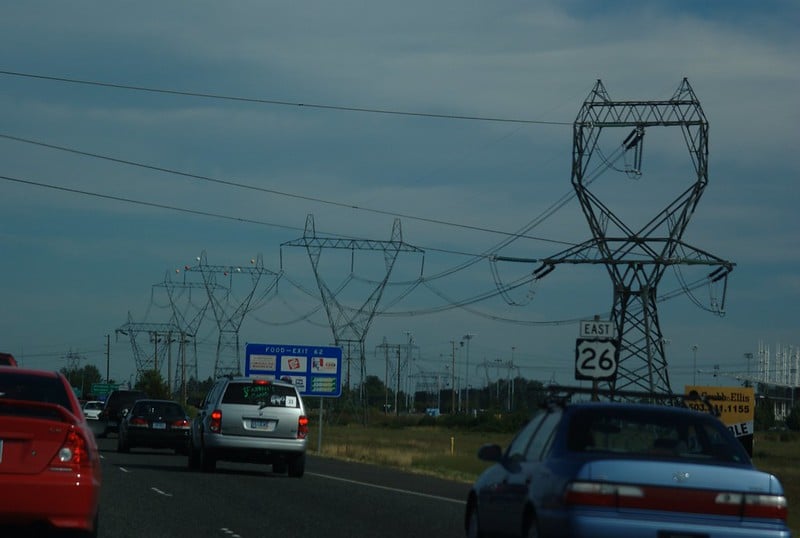America’s power grid is headed for uncharted territory. The Energy Information Administration (EIA) now forecasts U.S. electricity use will hit all-time highs in the next two years, climbing to 4,186 billion kilowatt-hours in 2025 and 4,284 billion kilowatt-hours in 2026.
This surge ends nearly two decades of flat electricity demand. From 2005 to 2020, U.S. power use barely budged, growing just 0.1 percent. The new upward trend signals a fundamental shift in how America powers its economy.
Data centers running power-hungry artificial intelligence systems and cryptocurrency operations are driving this change. These facilities fall under the commercial sector, which the EIA expects will see electricity use jump 3.0 percent in 2025 and 4.5 percent the following year.
Industrial customers aren’t far behind, with projected increases of 2.0 percent and 3.5 percent over the same period. Even home electricity use will climb, reaching 1,515 billion kilowatt-hours in 2025, slightly above the previous residential high set in 2022.
For typical households, higher demand means bigger bills. The EIA predicts home electricity prices will rise 4 percent in 2025 compared to 2024. This continues a trend of roughly 5 percent annual increases since the pandemic began. The average family spent about $1,760 on electricity in 2023, and this could grow around 13 percent by 2026.
Similar Posts
Not everyone will feel the pinch equally. Homes in the Pacific coast, Mid-Atlantic, and New England – regions already paying premium rates – will likely see larger increases than areas with cheaper electricity.
As power needs grow, America’s electricity mix is evolving. Renewables will expand from 23 percent of generation in 2024 to 26 percent by 2026. Natural gas will slip from 42 percent to 40 percent. Coal will briefly tick up from 16 percent to 17 percent in 2025 before dropping to 15 percent the following year. Nuclear power’s share will edge down slightly from 19 percent to 18 percent.
The shift toward electricity extends beyond data centers. More homes and businesses are switching from gas and oil to electricity for heating and transportation. This transition reflects growing efforts to cut carbon emissions while tapping into increasingly affordable renewable power.
This rapid demand growth raises questions about grid stability. Industry experts warn about potential supply shortfalls in coming years, highlighting concerns about reliability and the need for major infrastructure investments.
To keep up, power companies are adding new generation capacity quickly. The EIA reports utilities plan to install approximately 26 gigawatts of solar power in 2025 and another 22 gigawatts in 2026. These additions will help offset declining fossil fuel generation as the country works to meet both growing demand and changing energy needs.



















